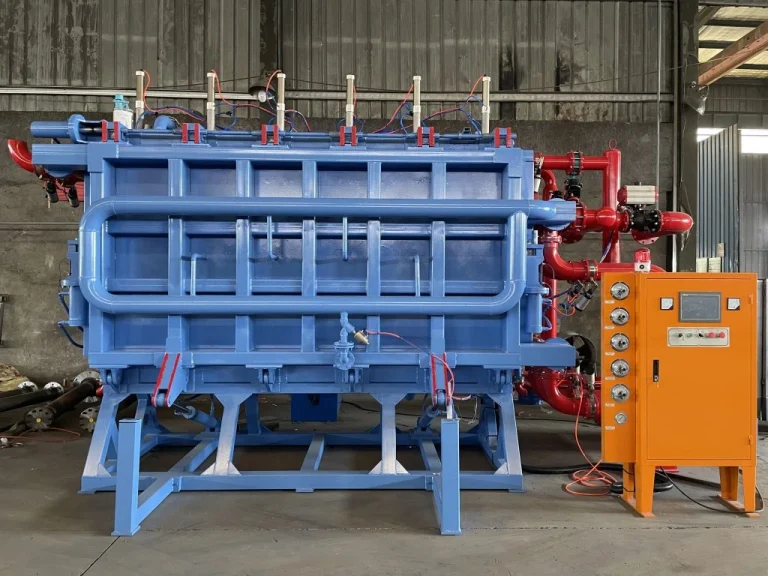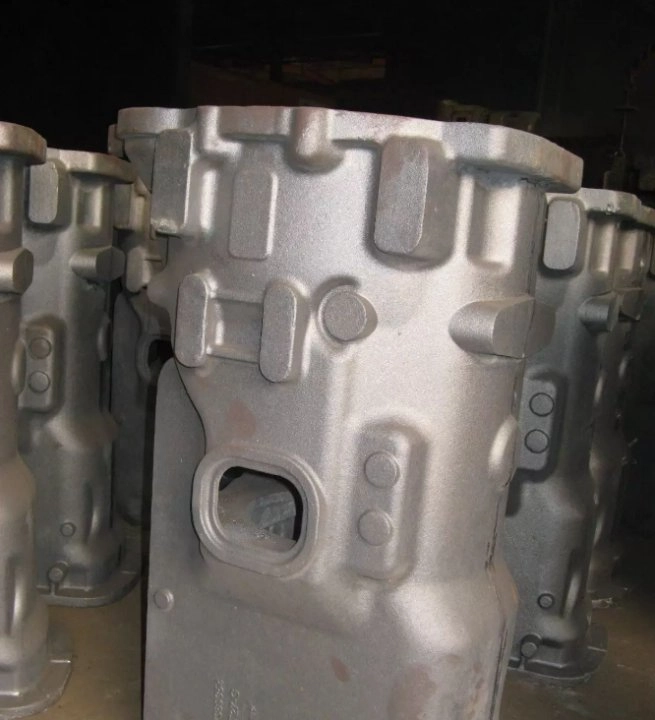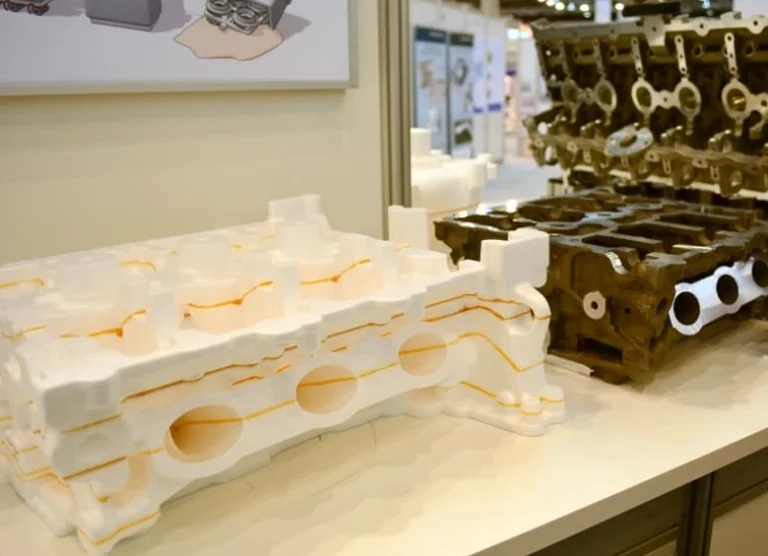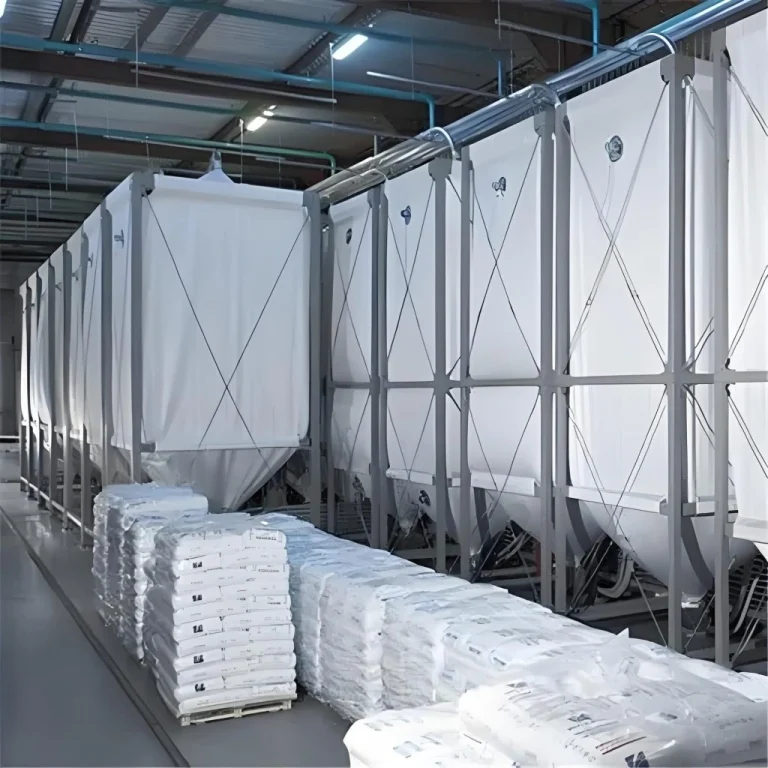Wrinkle Casting Defect in Lost Form Casting
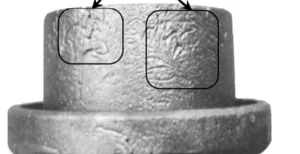
Causes of Wrinkle Casting Defect
Wrinkle casting defects arise when polystyrene foam undergoes pyrolysis due to exposure to high-temperature molten metal. This process generates a significant amount of carbon, which accumulates on the cavity’s outer surface. These defects frequently occur at the colder ends of the liquid metal flow or where the flow is interrupted, such as at the top of grinding balls.
Methods to Address Wrinkle Casting Defect
Using Low-Density EPS Foam
Selecting low-density EPS foam specifically designed for casting can help mitigate wrinkle defects. This material gasifies quickly and leaves minimal residues, reducing the likelihood of wrinkle formation.
Adjusting Pouring Temperature and Speed
Increasing the pouring temperature by 50%–80% accelerates gasification, while higher pouring speeds reduce heat loss. These adjustments improve the conditions under which foam decomposes, minimizing defect formation.
Improving Vacuum and Mold Permeability
Enhancing vacuum levels aids in exhaust and smoke removal, facilitating better gasification conditions. Additionally, using coarse sand and coatings with superior air permeability promotes efficient escape of decomposition products.
Carbon Black Casting Defect in Lost Form Casting
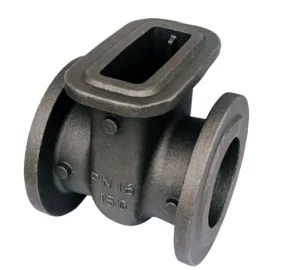
Factors Leading to Carbon Black Casting Defect
Carbon black defects are primarily caused by excessive carbon content in nodular cast iron. When the carbon percentage in grinding balls ranges between 3.3% and 3.8%, these defects are more likely to occur.
Techniques to Prevent Carbon Black Casting Defect
Selecting Coatings with Good Wettability
Using coatings with excellent wettability and air permeability ensures smoother pouring processes and reduces defect formation.
Utilizing EPMMA Material
Expandable polymethylmethacrylate (EPMMA) resin beads are effective in addressing carbon black defects. These materials enhance the molding process by limiting carbon residue.
Controlling Binder Amounts
Strictly regulating the amount of pattern binder used during production minimizes gas generation during pyrolysis, thereby preventing carbon black formation.
Enhancing Air Extraction Processes
Increasing air extraction during pouring ensures that gases generated by foam decomposition are expelled efficiently, reducing defect risks.
Inclusion and Slag Inclusion Defects in Lost Form Casting
Reasons Behind Inclusion and Slag Inclusion Defects
High Residual Magnesium Levels
Excess magnesium in nodular cast iron raises the oxide film’s formation temperature. This results in secondary oxidation during pouring, leading to slag inclusion.
Elevated Sulfur Content in Materials
High sulfur levels generate sulfides such as MgS and CeS4, which contribute to inclusions within the casting.
Low Pouring Temperatures
Pouring at insufficient temperatures prevents slag inclusions from floating to the surface for removal.
Strategies to Mitigate Inclusion and Slag Inclusion Defects
Maintaining Pouring Temperatures Above 1300℃
Ensuring a pouring temperature above 1300℃ facilitates better accumulation and removal of inclusions during processing.
Reducing Residual Magnesium and Sulfur Content
Minimizing residual magnesium levels while maintaining adequate spheroidization reduces slag inclusion risks. Similarly, lowering sulfur content in raw molten iron improves casting quality.
Employing Rare Earth Magnesium Alloys
Using rare earth magnesium alloys as spheroidizing agents decreases oxide film conjunctival temperatures, reducing slag formation risks.
Adding Filter Screens and Slag Collecting Bags
Incorporating filter screens and slag collecting bags into sprues enhances slag separation during pouring, ensuring higher-quality castings.
Porosity Casting Defect in Lost Form Casting
Root Causes of Porosity in Castings
Gas from Foam Pyrolysis Failing to Escape
During the gas generation process of lost foam casting cracking, the gas enters the casting and produces pores. Turbulence during mold filling or improper pouring techniques, such as top injection and side injection, can cause parts of the pattern to be surrounded by molten metal. This traps the generated gas, preventing its escape and resulting in porosity defects.
Wet Patterns or Coatings
If the pattern contains moisture or if the coating is insufficiently dried, a significant amount of gas is generated during pouring. This can lead to back spray and create pores within the casting. High moisture content in coatings exacerbates this issue.
Excessive Binder Usage
The use of excessive binder in pattern bonding leads to localized gas generation during pouring. This gas cannot escape efficiently, causing turbulence and porosity defects within the casting.
Air Drawn During Pouring
In cases where the sprue is not completely filled during pouring, air may be drawn into the system. If this air remains trapped within the molten metal, it results in porosity defects.
Solutions for Porosity Casting Defects
Avoiding Turbulence and Improving Permeability
To prevent turbulence during pouring, replace layers systematically while filling molds. Using coatings and sand molds with enhanced permeability ensures that gases escape efficiently.
Ensuring Proper Drying of Patterns and Coatings
Patterns and coatings must be completely dry before use to avoid generating excess gas during pouring.
Using Low-Gas Binders
Selecting binders with low gas generation properties minimizes local turbulence caused by excessive gas release.
Implementing Closed Gating Systems
Adopting a closed gating system ensures that air is not drawn into the molten metal during pouring. Maintaining a consistent liquid metal level in the intersection cup helps keep the sprue fully filled.
Sand Sticking Casting Defect in Lost Form Casting
Common Causes of Sand Sticking Issues
Coating Problems or Cracks
Sand sticking defects often occur when paint coatings fall off or develop cracks, allowing molten metal to infiltrate into molding sand. This leads to mechanical sand sticking. If fine sand particles or dust are present in dry sand, chemical sand sticking may also arise.
Inadequate Sand Compaction or Dust Accumulation
Improper compaction of molding sand creates voids that allow molten metal infiltration. Dust accumulation further exacerbates this issue by reducing surface cohesion between layers.
Negative Pressure Effects During the Process
The influence of negative pressure on molten metal flow significantly affects sand sticking tendencies. Higher negative pressure enhances fluidity but increases bonding between metal and sand.
Remedies for Sand Sticking Casting Defects
Matching Coating Properties with Metal Characteristics
Coatings must be selected based on their compatibility with liquid metal properties. High-strength coatings with good fire resistance prevent cracking under high-temperature conditions.
Adjusting Negative Pressure Appropriately
Maintaining optimal negative pressure levels ensures adequate fluidity without excessive bonding between metal and molding sand. This reduces sand sticking occurrences.
Addressing Hot Spots and Corners in Castings
Hot spots and corners are more prone to sand sticking due to prolonged exposure to high temperatures. Reinforcing these areas with thicker coatings or using materials with superior thermal resistance minimizes defects.
Parter with Hangzhou Ouchen Technology Co., Ltd.

Hangzhou Ouchen Technology Co., Ltd. specializes in advanced intelligent equipment for lost foam casting, including EPS pre-foaming systems, vertical/horizontal molding machines, central vacuum systems, and automated coating mixers. With a complete production line and core technologies like negative pressure molding, remote PLC control, and anti-deformation drying, Ouchen ensures stable, efficient, and defect-minimizing production. Located in China’s leading EPS equipment hub and backed by multiple national patents and high-tech enterprise honors, we provide end-to-end support for casting process optimization.
Hubungi kami to upgrade your lost foam casting line with precision-engineered, high-efficiency equipment from Ouchen.

